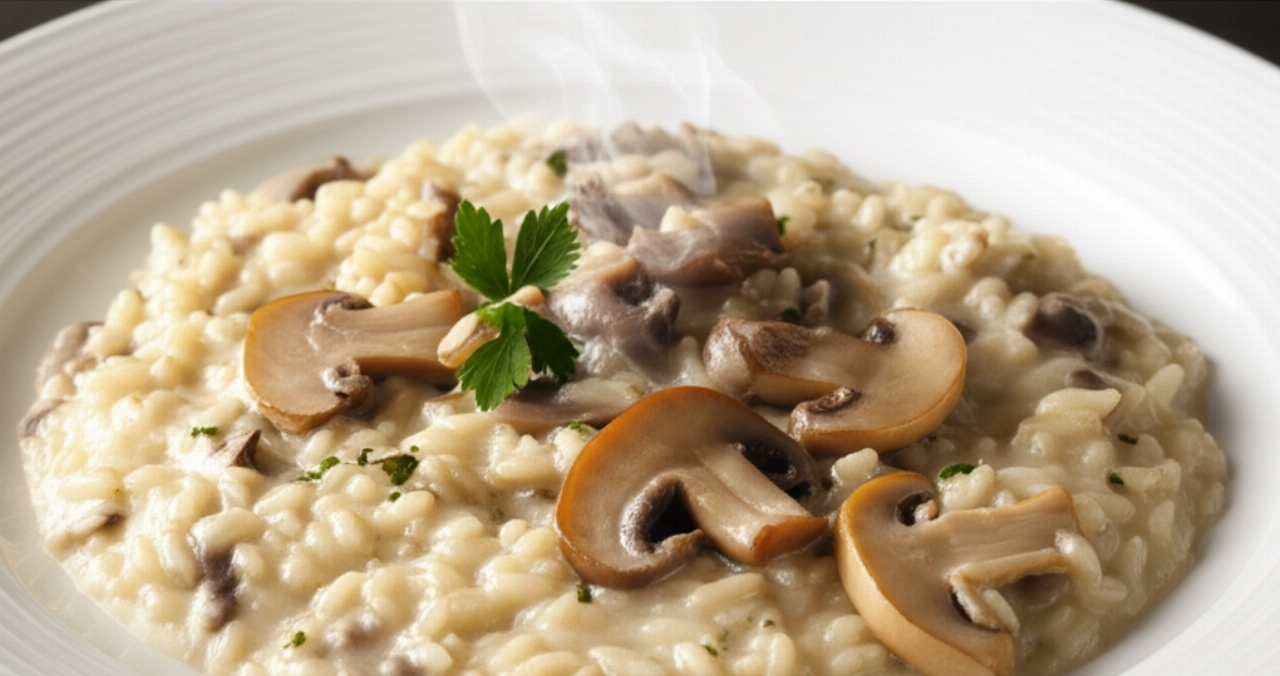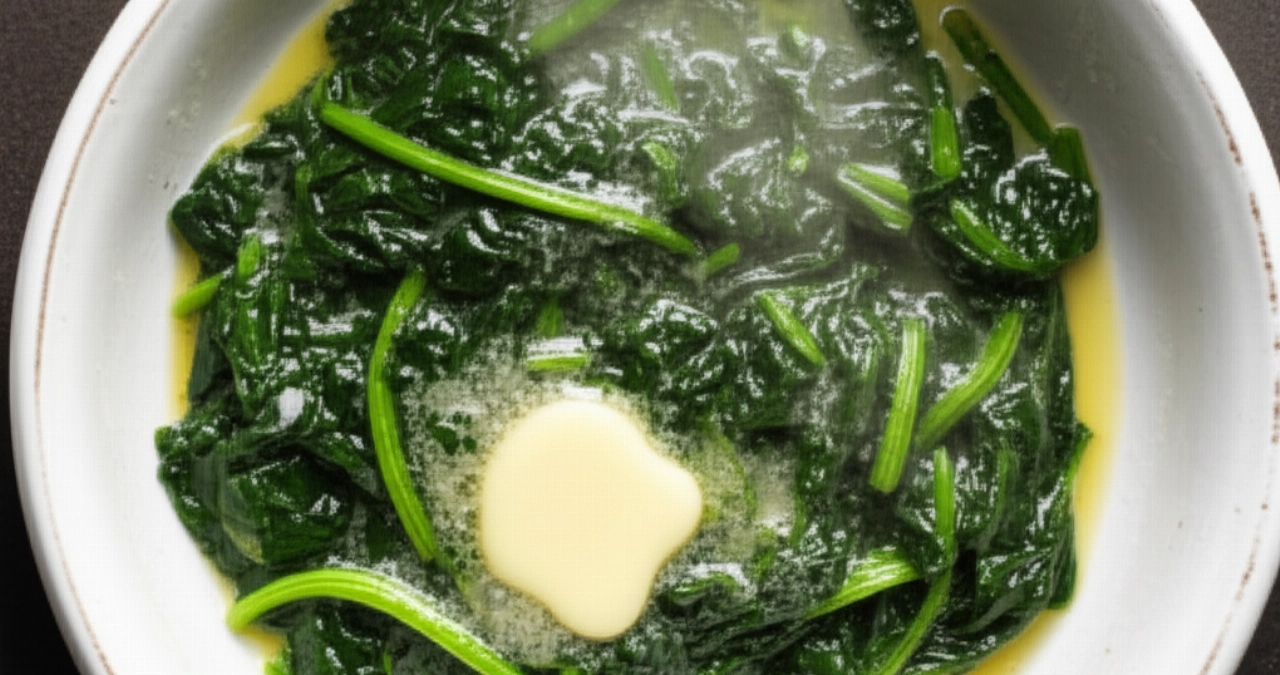Do you dream of bringing to the table sautéed mushrooms so fragrant they fill the air, with a perfect consistency, neither too soft nor too hard? How many times have you ended up with watery, bland, or 'boiled' looking mushrooms instead of sautéed ones? Finding the right recipe, one that guarantees success, can seem like a challenge.
Make yourself comfortable. On this page, you won't just find a list of ingredients, but the definitive guide, full of tricks and tips, to prepare the best sautéed mushrooms of your life. Success is guaranteed, and the aroma will take you straight back to grandma's kitchen.
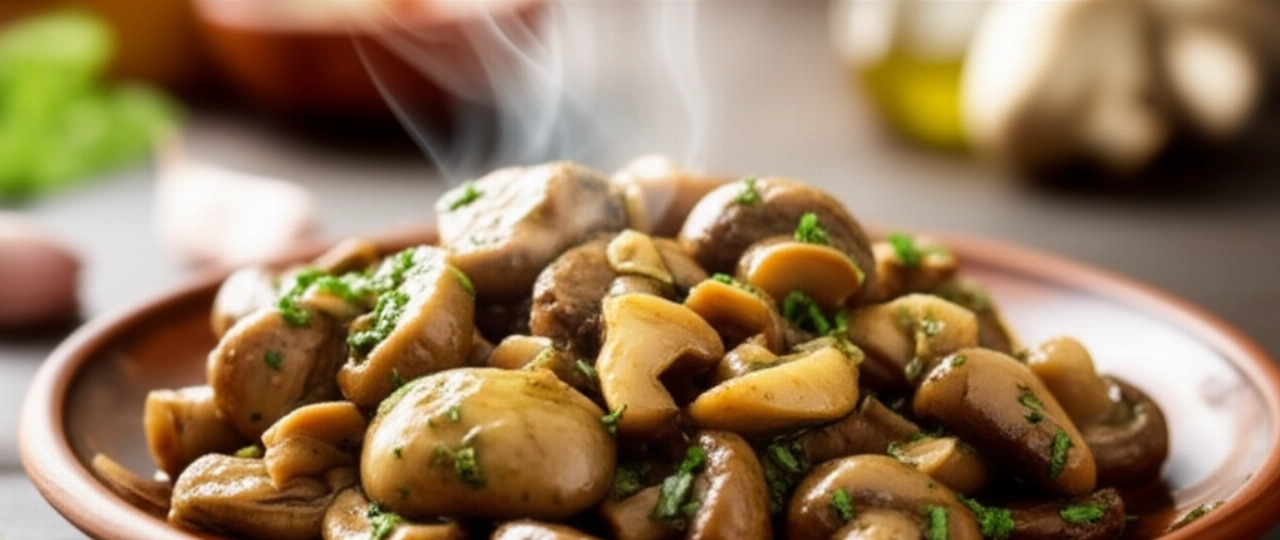
Ingredients for Perfect Sautéed Mushrooms: The Choice That Makes the Difference
For a result that will make you 'mop up the plate' even with the side dish, the quality of the ingredients is fundamental. It's not just a list, but a conscious choice that makes the difference between a good dish and an unforgettable one.
- Fresh Mushrooms: 500g (about 1.1 lbs) of button mushrooms (or a mix with porcini, oyster mushrooms for a more complex flavor). Choose firm ones, without dark spots and with a delicate earthy scent. They are the true protagonists!
- Garlic: 2 cloves, preferably fresh and Italian. It will give that unmistakable aromatic note.
- Fresh Parsley: A generous bunch, finely chopped, adds freshness and color.
- Extra Virgin Olive Oil: 3-4 tablespoons. Don't skimp on quality, it's the vehicle for flavor. A good EVO will enhance the taste of the mushrooms.
- Fine Salt: To taste. But be careful, the moment you add it is crucial!
- Black Pepper: Freshly ground, for that hint of spice that enhances everything.
- Optional (but recommended): A pinch of dried chili flakes for a lively touch, or a sprig of fresh thyme for an herbaceous note.
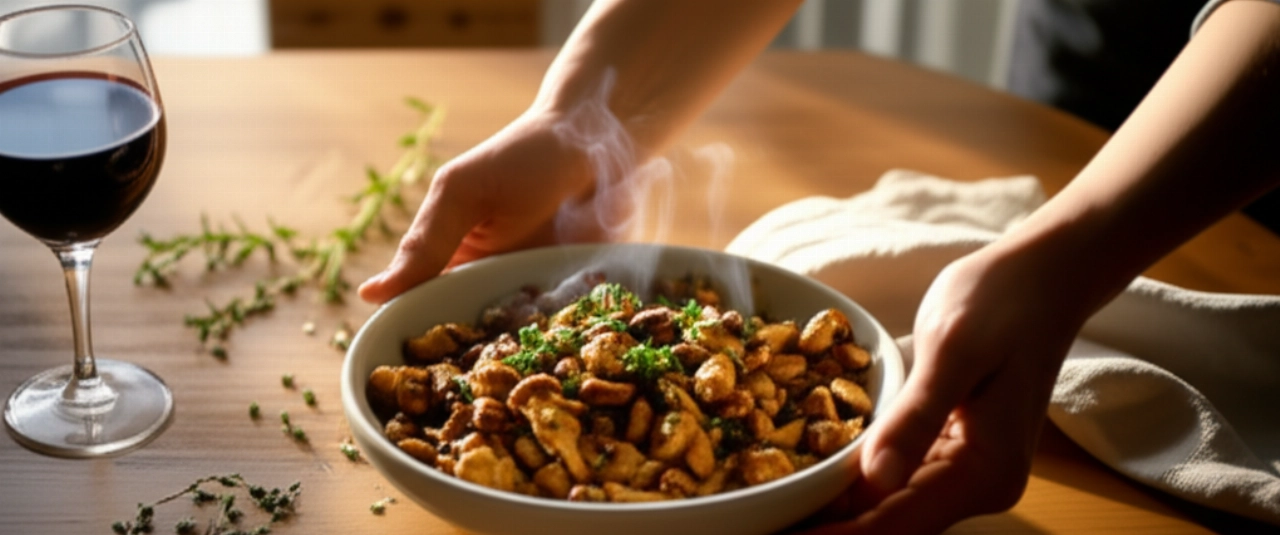
The 3 Mistakes That Make Sautéed Mushrooms Watery (and How to Avoid Them)
From my grandmother, I learned that cooking is also the art of avoiding common mistakes. Here are the pitfalls many fall into, and how you can overcome them with flying colors:
- Washing mushrooms under running water: This is mistake number one! Mushrooms are like sponges; they absorb a lot of water and will release it all during cooking, turning your sauté into a sad boil. How to avoid it: Clean the mushrooms with a damp cloth or a soft brush, removing only the dirt. If absolutely necessary, give them a very quick rinse and then dry them immediately with paper towels.
- Cooking them over too low heat or in a crowded pan: If the pan isn't hot enough or is too full, the mushrooms won't brown. Instead of 'sautéing', they'll boil in their own liquid. How to avoid it: Use a large, spacious pan. Cook them over high heat, and if you have many mushrooms, divide them into batches to avoid overcrowding the pan.
- Adding salt too early: Salt extracts water from food. If you add it at the beginning, the mushrooms will immediately release their liquids, compromising the browning. How to avoid it: Add salt only at the end of cooking, when the mushrooms are already nicely golden and tender.
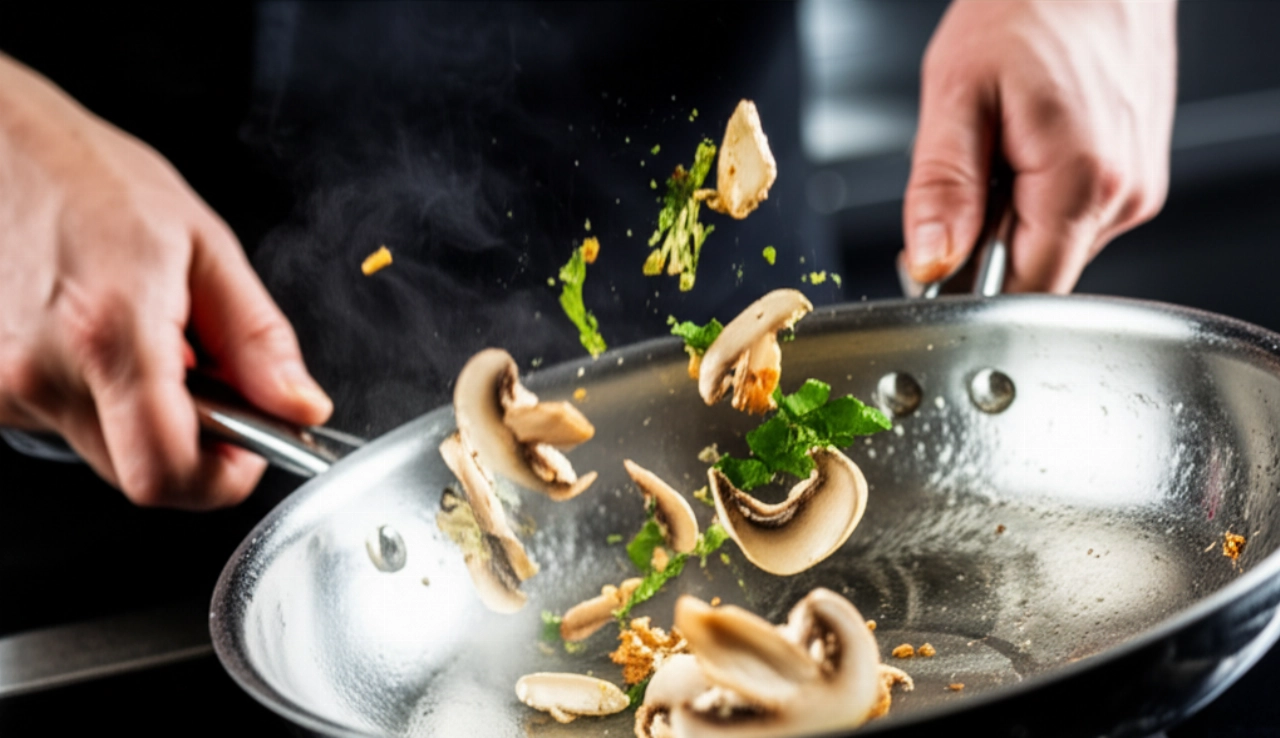
The Extra Touch: My Grandmother's Tip for Applause-Worthy Mushrooms
My grandmother, with her country wisdom, always told me: "Mushrooms must be respected, not washed!" And she was right. Her secret for perfect sautéed mushrooms wasn't a secret ingredient, but a method. She taught me the importance of initial browning over high heat and without salt. "They should 'sing' in the pan, not 'cry'," she used to say. This allowed the mushrooms to seal in their moisture and develop that golden crust and intense flavor that made them irresistible. She always added a tiny pinch of dried chili flakes, almost imperceptible, to give them an extra kick without overpowering the mushroom flavor.
Let's Prepare Sautéed Mushrooms Together: The Step-by-Step Guide for a Foolproof Result
Now that you know the secrets, let's get cooking. I'll guide you step by step, without rushing, for a guaranteed result.
- Clean the mushrooms carefully: Don't wash them! With a damp cloth or a small brush, gently remove dirt and impurities. If the stems are too earthy, you can lightly scrape them or trim the very end.
- Slice the mushrooms: Slice the mushrooms into pieces about half a centimeter thick. Try to make them all the same size for even cooking.
- Heat the pan and oil: Place a large pan over medium-high heat. Pour in the extra virgin olive oil and let it heat up well. It should be hot, but not smoking.
- Brown the mushrooms (without salt!): Add the sliced mushrooms to the pan, without overcrowding them (if necessary, cook them in two batches). Do not add salt now! Let them cook over high heat for about 5-7 minutes, stirring occasionally. You'll see them start to release their water, but thanks to the high heat, this will evaporate quickly, allowing them to brown and not boil.
- Add garlic and chili: Once the mushrooms have lost most of their water and begin to brown, add the garlic cloves (whole or minced, to your taste) and the pinch of chili flakes. Let them flavor for another couple of minutes, stirring.
- Finish cooking and season with salt: Continue cooking for another 3-5 minutes, until the mushrooms are tender but still firm and nicely golden. Only at this point, add the salt and a grind of black pepper. Mix well.
- Flavor with parsley: Turn off the heat and add the finely chopped fresh parsley. Stir one last time and serve immediately. The residual heat will release all the aroma of the parsley.
Tips and Frequently Asked Questions about Sautéed Mushrooms
Here are some of the questions I get asked most often, with my answers from a kitchen "guardian":
Can I use frozen mushrooms?
Yes, you can, but the result will never be like with fresh mushrooms. If you use them, don't thaw them first: put them directly into the pan while still frozen over high heat. They will release much more water, so you'll need patience and let it evaporate completely before they start to brown.
How do I store leftover sautéed mushrooms?
Sautéed mushrooms are best when freshly made. If you have leftovers, you can store them in an airtight container in the refrigerator for a maximum of 2-3 days. To reheat them, use a non-stick pan over medium heat, adding a drizzle of oil if necessary.
Can I add other aromatics?
Absolutely! Fresh thyme, marjoram, or even a sprig of rosemary (to be removed at the end of cooking) can add different and delicious aromatic notes. Experiment, cooking is also about creativity!
What's the best type of mushroom to use?
Button mushrooms (champignons) are the most common and versatile. For a more intense and "woodsy" flavor, you can use porcini (even dried, rehydrated) or a mix of wild mushrooms. Every mushroom has its own personality!
Why did my mushrooms turn black?
Mushrooms can darken excessively if cooked too long over low heat, or if there isn't enough space in the pan and they end up boiling. Make sure to follow the advice of high heat and an uncrowded pan to keep them a beautiful golden color.
Your Masterpiece is Ready!
There you have it! Now you no longer just have a recipe, but all the secrets to bring to the table a side dish that tastes of the forest, tradition, and love, perfect for any occasion. The aroma that will fill your kitchen will be the first reward.
Don't be afraid to experiment. Cooking is an act of creativity. But start with this solid base, and you'll see that applause won't be lacking. These sautéed mushrooms are perfect as a side dish for Perfect Pork Roast or as a base for a delicious first course like Creamy Mushroom Risotto.
Have you tried our recipe? We're eager to see your masterpiece! Leave a comment below, tell us how it went, or share a photo on Instagram by tagging @CercaRicette.it. We can't wait to celebrate your cooking success with you!
